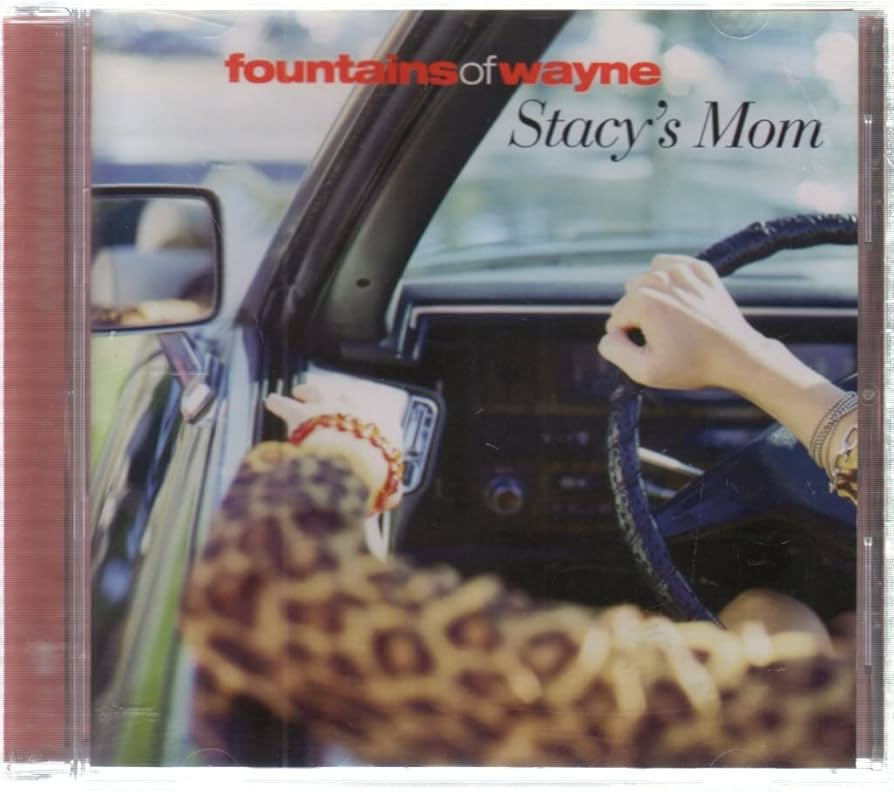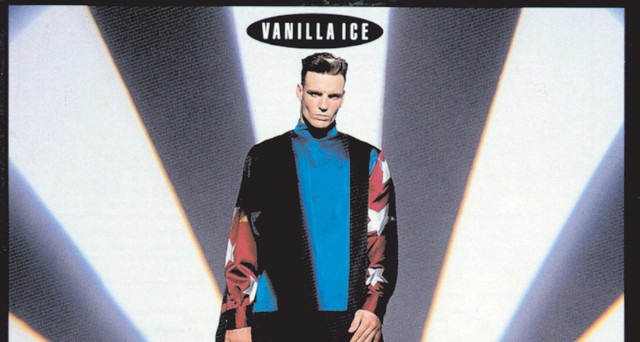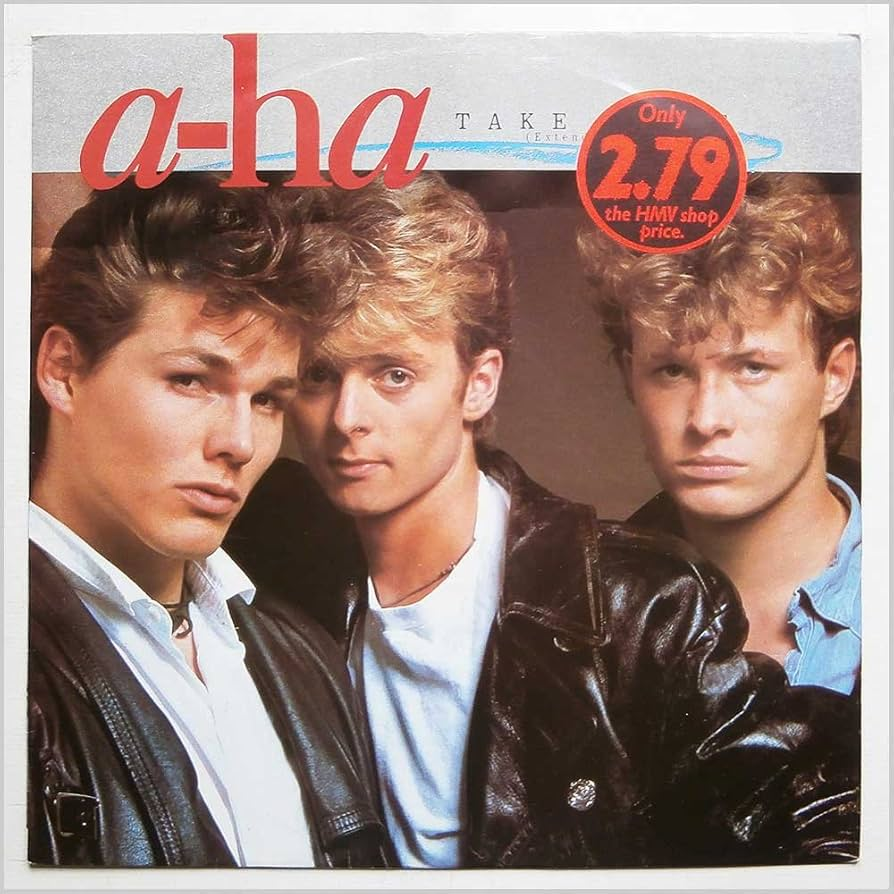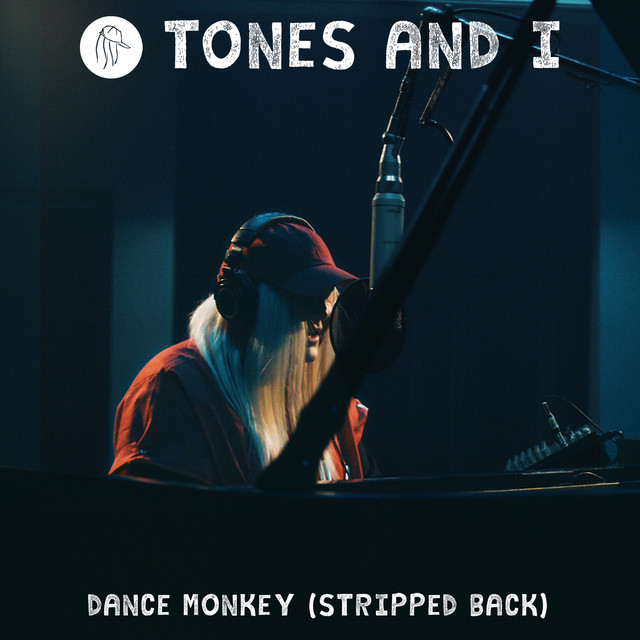
Success in music hits like that first rollercoaster drop – thrilling, terrifying, and over before you know what happened. Behind every viral sensation and chart-topper lurks a shadow story rarely told. One-hit wonders don’t just vanish into thin air – they often battle their creations in ways fans never see. The very songs that launch careers can become musical albatrosses, hanging heavy around artists’ necks as they struggle to breathe.
These stories reveal the industry’s cruelest magic trick: transforming dreams into nightmares faster than you can say “sophomore slump.” While teenagers belt out nostalgic tunes in karaoke bars, their creators often sit in studios wondering if they’ll ever escape their biggest achievement.
10. Friday – Rebecca Black: When Viral Hate Forges Resilience

Rebecca Black’s 2011 debut represents the perfect storm of internet hate – a 13-year-old girl creating content quickly devoured by online piranhas. The innocuous pop song about weekend anticipation generated vitriol that would traumatize grown adults, let alone a middle schooler. The internet treated her amateur music video like a crime against humanity rather than what it was – a kid trying something new.
Black’s subsequent growth into a respected independent artist with a loyal following showcases remarkable resilience. Rather than crumbling under unprecedented cyberbullying, she rebuilt her identity brick by brick.
9. Cherry Pie – Warrant: The Dessert That Turned Toxic

Warrant rode the glam metal wave with leather pants and hairspray arsenals, hitting peak success with “Cherry Pie” just as the music landscape prepared for seismic change. Like dinosaurs watching the approaching asteroid, they couldn’t see how grunge would render their entire genre extinct virtually overnight. What worked in 1990 became musical poison by 1992 when flannel replaced spandex as rock’s uniform.
Singer Janie Lane’s relationship with the song curdled into resentment as he became forever “the Cherry Pie guy” while watching peers either evolve or vanish. His substance abuse struggles intertwined with his hatred for his defining hit, creating a downward spiral that ended with his tragic 2011 death.
8. I’ll Be There for You – The Rembrandts: When TV Fame Kills Credibility

Before becoming the guys who clapped along to everyone’s favorite sitcom theme, The Rembrandts built an alternative rock following who appreciated their authentic sound. Then came Friends, and with it, a theme song that paid bills while simultaneously erasing their musical identity faster than Ross could say “we were on a break.”
The financial windfall came with a creative bankruptcy as original fans jumped ship and critics dismissed them as TV jingle writers. The band splintered under pressure to replicate that lightning-in-a-bottle success.
7. 1,000 Miles – Vanessa Carlton: Piano Keys That Became Handcuffs

Remember that instantly recognizable piano riff that defined early 2000s pop? Vanessa Carlton rode those keys right into Billboard history, staying on the Hot 100 for a marathon 41 weeks. The music video with the magical moving piano captured imaginations, but behind the scenes, Carlton wrestled with an identity crisis that threatened to derail her artistic journey.
None of her follow-up work gained similar traction, trapping her in the amber of one perfect pop moment. Carlton initially rejected her top hit like a body rejecting an organ transplant, refusing to acknowledge its importance during what she called her “tantrum phase”.
It took a heart-to-heart with rock legend Stevie Nicks to help her reconcile with her musical firstborn. Her evolution from resentment to acceptance offers a masterclass in making peace with the past without sacrificing artistic growth.
6. Stacy’s Mom – Fountains of Wayne: When The Joke Becomes Your Legacy

Fountains of Wayne crafted nuanced power-pop gems for years before “Stacy’s Mom” catapulted them into the spotlight. The tongue-in-cheek track about teenage lust became their calling card, much to founding member Chris Collingwood’s dismay. He foresaw the pitfalls like a horror movie character who knows opening that basement door leads nowhere good.
Collingwood tried preventing the song’s release, sensing it would typecast the band forever. His fears materialized when the track snowballed into pop culture permanence, complete with Bowling for Soup covers that cemented its status as novelty rather than artistry.
5. Ice Ice Baby – Vanilla Ice: When Cultural Theft Comes Due

Vanilla Ice rode the sampling of Queen and David Bowie’s “Under Pressure” to hip-hop history as the first rap song to top the Billboard Hot 100. His rapid rise came with equally swift consequences when questions about sample clearance and authenticity turned his moment in the spotlight into a harsh interrogation. The music industry version of borrowing clothes without permission led to confrontations with Suge Knight that have become industry legend.
His career transformation from rapper to house flipper and reality TV personality speaks volumes about the toxic half-life of inauthentic success. The lesson glows neon-bright for aspiring artists: borrowed credibility always comes with collection notices, whether they arrive immediately or years later. Cultural appropriation in music works like credit card debt – easy to acquire but painful to pay off over time.
4. Don’t Worry Be Happy – Bobby McFerrin: When Joy Becomes A Cage

Bobby McFerrin created musical magic using nothing but his voice, crafting the only a cappella song ever to top American charts. His vocal range spans what seems like several dimensions, with jazz improvisations and classical conducting skills that musicians study with reverence. Yet most people know him only for whistling that happy little tune that became the musical equivalent of a smiley face sticker.
The Grammy-winning track pushed McFerrin into a box labeled “novelty artist” despite his groundbreaking contributions to vocal technique and music theory. He largely abandoned performing the song, hoping audiences would discover his richer catalog of work.
3. Who Let the Dogs Out – Baha Men: When Meaning Gets Muzzled

Few songs travel as far from their original intent as “Who Let the Dogs Out.” The Baha Men, a group with two decades of performing experience before their big break, merely covered an existing track with feminist roots. Their version transformed from social commentary into stadium chant faster than you could say “woof woof.” The group initially resisted recording it, sensing perhaps the strange journey ahead.
The song’s transformation from feminist anthem to party staple illustrates how context gets stripped away when music enters the mainstream machine. The Baha Men became permanently associated with a novelty hit they neither wrote nor particularly wanted to record.
2. Take On Me – a-ha: The Video That Erased The Band

A-ha created one of the most visually stunning music videos ever, with rotoscope animation that still looks revolutionary decades later. The Norwegian band conquered global charts with a synthpop masterpiece that defined the 1980s aesthetic. Yet behind those memorable visuals and soaring falsettos lurks a band that feels their artistic identity was kidnapped by their biggest hit.
Before international fame struck, a-ha had already developed a richer musical identity in their home country. The band members actively resist being reduced to “Take On Me,” considering it far from their best work. Their frustration simmers like background radiation despite continuing to tour and release new music as recently as 2022.
1. Dance Monkey – Tones and I: The Busker Who Couldn’t Escape The Beat

In 2019, Australian busker Tones and I rode “Dance Monkey” straight into the stratosphere, breaking streaming records and topping charts in 30 countries. The song spread through playlists like wildfire in drought season. Yet success transformed into a brutal awakening when online trolls targeted her distinctive voice and appearance, turning comment sections into digital firing squads.
Street performances became impossible as mobs demanded the hit single on repeat. Concert audiences shouted over her other songs, caring only about that one viral moment. The phenomenon reads like a modern-day music fable – be careful what you wish for, especially if it involves a catchy chorus that everyone except you wants to hear again.





















